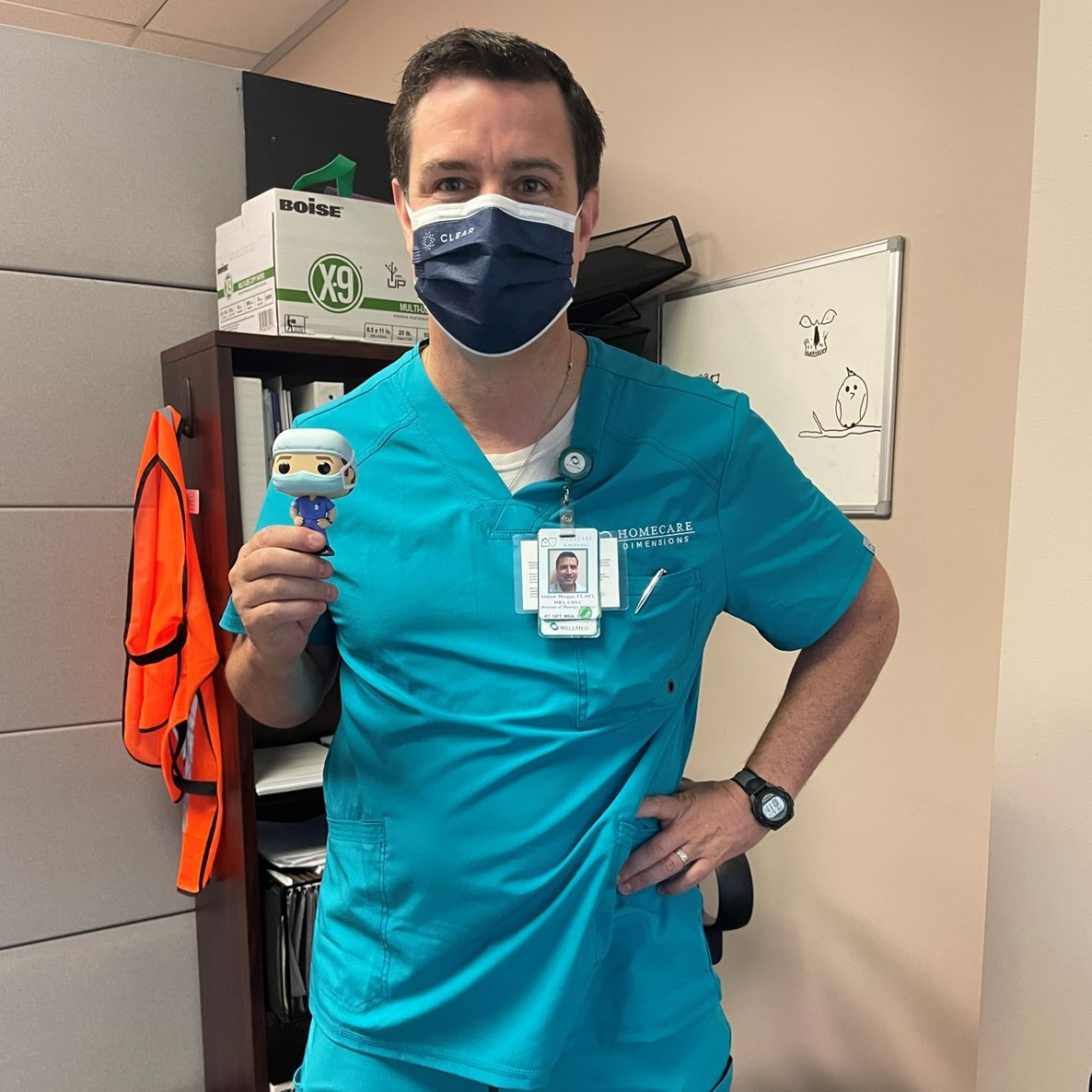Written By: Andrew Morgan, PT, DPT, MBA, COS-C
 The population of the United States is aging, and Americans are staying active well into their 70s, 80s, and even 90s. To maintain the desired level of physical activity, older adults must maintain adequate muscle strength. As experts in human movement and the musculoskeletal system, physical therapists and physical therapist assistants can assist people of all ages in gaining strength throughout their lifespan. The American Physical Therapy Association describes its vision for the physical therapy profession as, “transforming society through optimizing movement to improve the human experience”. As a physical therapist, I focus my treatments on improving how my patient moves. Through an emphasis on proper human movement, physical and occupational therapists as well as assistants correct deficits in the musculoskeletal system, improving function and alleviating pain. Through gains in musculoskeletal strength, older adults will see an increased independence in performing activities of daily living, a decreased risk for falls, a decreased risk of injury in the event of a fall, and faster recovery from injury following a fall. Whether suffering from low back pain, recovering from surgery, or managing long COVID syndrome, physical therapy can help individuals maximize their potential in life.
The population of the United States is aging, and Americans are staying active well into their 70s, 80s, and even 90s. To maintain the desired level of physical activity, older adults must maintain adequate muscle strength. As experts in human movement and the musculoskeletal system, physical therapists and physical therapist assistants can assist people of all ages in gaining strength throughout their lifespan. The American Physical Therapy Association describes its vision for the physical therapy profession as, “transforming society through optimizing movement to improve the human experience”. As a physical therapist, I focus my treatments on improving how my patient moves. Through an emphasis on proper human movement, physical and occupational therapists as well as assistants correct deficits in the musculoskeletal system, improving function and alleviating pain. Through gains in musculoskeletal strength, older adults will see an increased independence in performing activities of daily living, a decreased risk for falls, a decreased risk of injury in the event of a fall, and faster recovery from injury following a fall. Whether suffering from low back pain, recovering from surgery, or managing long COVID syndrome, physical therapy can help individuals maximize their potential in life.
Given the benefits of improving muscular strength, there is an important question that remains: what do we strengthen? I do not think many will argue that the most important muscle in the human body is the heart. But what about the second most important muscle? In the world according to Andrew, the glutes take this distinction, specifically the gluteus maximums. The glute max plays an essential role in nearly all human movement. I often tell my geriatric patients that the glutes are for more than sitting. Whether you are performing an athletic skill such as throwing a football or swinging a golf club or performing an everyday activity like standing from a chair or lifting a pot to place it on the stove, strong glutes will make the task easier. All of my patients know that I will work their glutes to improve their movement. Patients who can stand will do some version of a squat. Patients in the bed will bridge. Some do both, depending on their individual goals. So while a healthy heart is essential for life, strong glutes are essential for smooth function.
If you are interested in learning more, register for my upcoming interactive Live Webinar, Rehab for the Functional Aging Adult, with Summit taking place on Saturday, December 17th.
Explore online continuing education courses from Andrew below:
Evidence-Based Rehabilitation of the Total Knee Arthroplasty
Introductory Spanish for the Rehabilitation Professional
OASIS-D Demystifying the M1800/GG Relationship
Therapeutic Special Tests in the Geriatric Population
Visit summit-education.com for more information.
